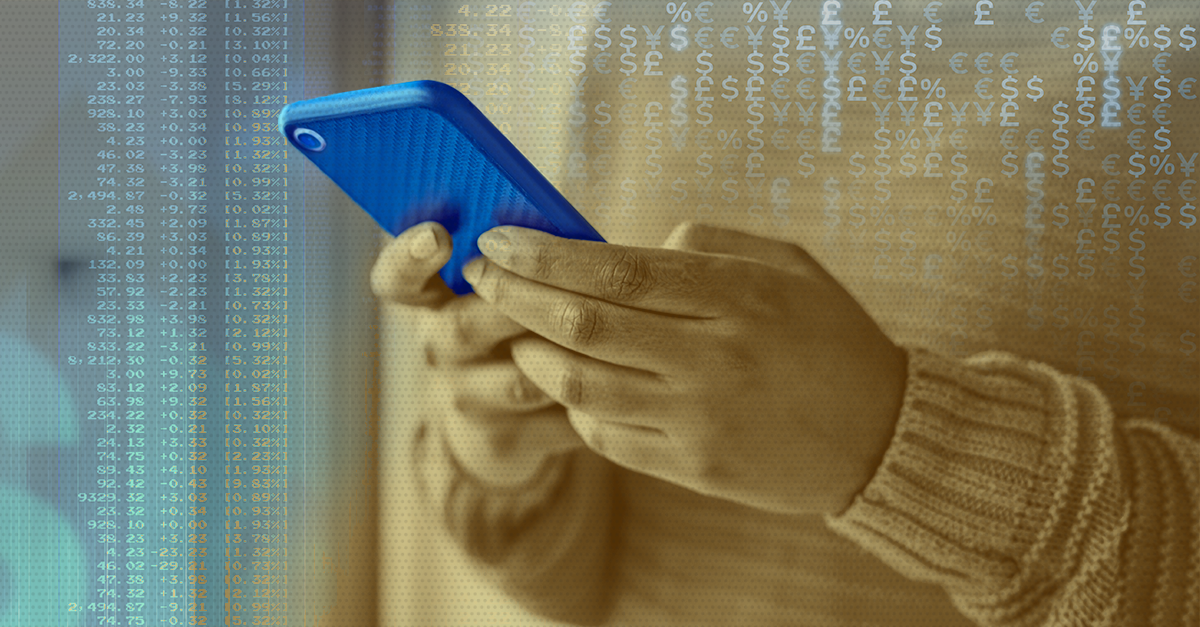 Apple’s recent entrance into the buy now, pay later (BNPL) arena appears to be another incremental step toward its financial services goal. But what is that goal? We cannot assume it is to become a full-service bank.
Apple’s recent entrance into the buy now, pay later (BNPL) arena appears to be another incremental step toward its financial services goal. But what is that goal? We cannot assume it is to become a full-service bank.
In many cases, Apple’s modus operandi is to cobble together existing technologies and services in a sleek and sophisticated way, as only Apple can do. Then it launches the new tech or service and sees where that leads. We have seen this with Apple Pay, where Apple slowly and methodically built on the basic mobile tokenized payment capability—technology first launched into the wild by Google in 2011, three years before Apple Pay was announced.
Apple’s Journey Into Financial Services
Our Cupertino colleagues are moving their way through a financial services development continuum. In 2015, Citizens Bank announced that it was partnering with Apple to provide retail purchase financing for iPhones and MacBooks. This was a simple, affiliated partnership, but the finance industry’s alarm bells sounded, and with good cause. After several adjustments, the program was discontinued. Several other purchase financing arrangements came and went.
In 2019, the highly anticipated Apple Card was launched. This was yet another step down Apple’s path toward financial institution status. While the card didn’t include anything new, necessarily, it showcased Apple’s penchant for bringing a great UX to an area consumers had previously taken for granted.
Goldman Sachs provided the heavy lift by supporting underwriting, servicing, the balance sheet, etc. Apple, on the other hand, seemed to use this as an opportunity to build capabilities such as anti-money laundering and Know Your Customer when it came to Apple Card onboarding.
The Next Step
With each finance-related endeavor, Apple is gaining another piece of the lending puzzle. The company’s recent announcement is not just an entrance into the BNPL arena: It is another step in Apple’s financial services progression. It’s no secret that Apple has jettisoned Goldman, and this move further signals the company’s first official step into banking, its next frontier.
Goldman and its bank charter were not necessary for a consumer purchase lending business—so why include them. The Goldman co-branded credit card product is continuing on its own tract.
With all that it does, Apple takes the long view. It asks its customers to buy a phone (for now), and then everything else is free. Then Apple provides different engagement points to generate data and marketing opportunities. The company does not monetize the individual engagement points. Apple Pay has cost Apple hundreds of millions of dollars to build and operate, yet it’s a free service. The Goldman/Apple card, which was a bit of a dud compared to expectations, appears to operate at a loss.
Apple’s BNPL, like the tech giant’s other finance/payment products, is not about making money: It’s about engagement. Monetizing the value of a consumer’s data when Apple will see 90% of transactions is worth more than the pennies earned from the financing of a tennis racquet. The Pay Later products will likely continue to be a free service as well.
This shift is not about competing with banks. It is about engagement by providing an omnipresent platform from which a consumer makes most of their purchases. One might wonder why Apple still charges for the iPhone; in a perfect world, the company would lower the barrier to entry for its financial engagement platform. But the iPhone accounts for half of Apple’s revenue; lowering that barrier to entry is easier said than done.
Leave it to Apple to solve the issue while continuing to reinforce its model. In March, it was reported that Apple is working on a hardware subscription, lessening the cost barrier for most consumers. While Apple is steadily building out its financial offerings, one thing is clear: The company’s core strategy remains engaging consumers in Apple, not becoming the next Citi Corp.
For more on BNPL, check out Aite-Novarica Group’s recent research that dives deeper into this product area: Buy Now, Pay Later: Socioeconomic and Demographic Factors Impacting the U.S. Consumer Experience and Top 10 Trends in Retail Banking & Payments, 2022: From Disruption to Transformation.

